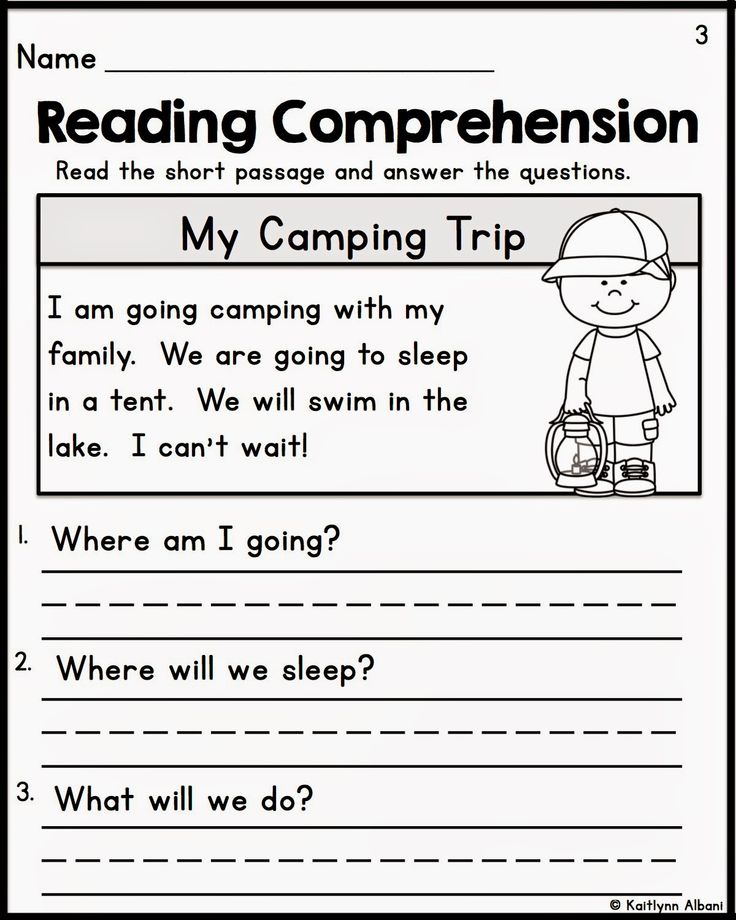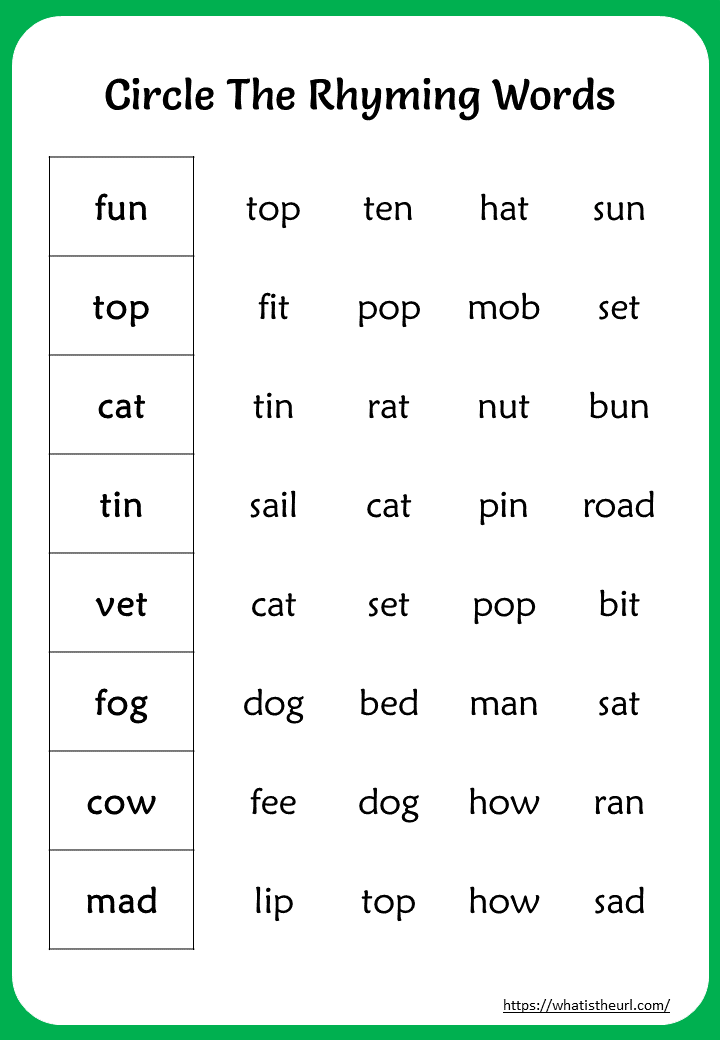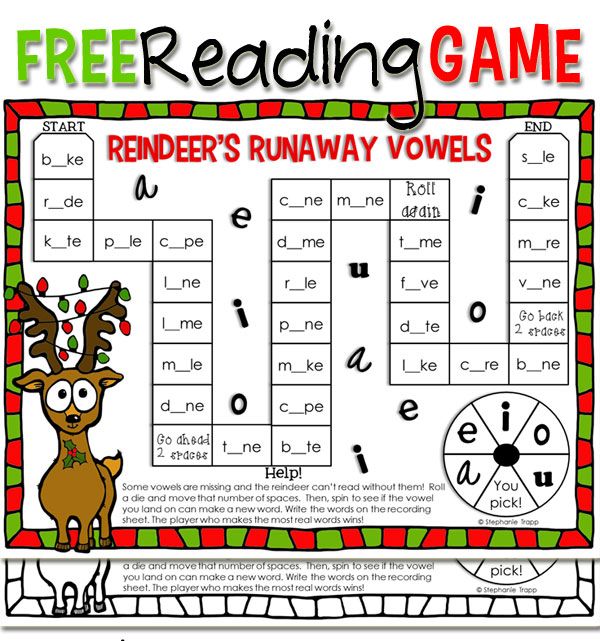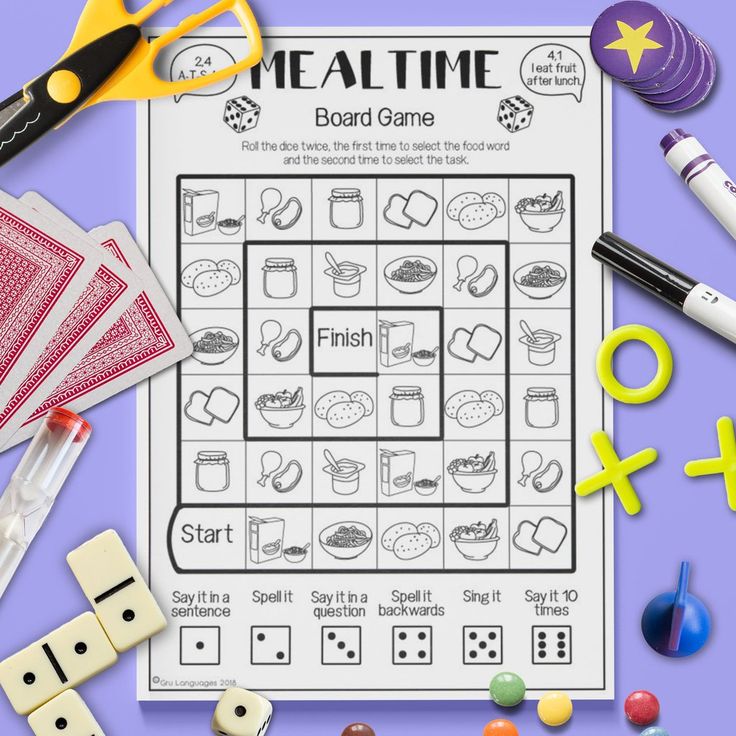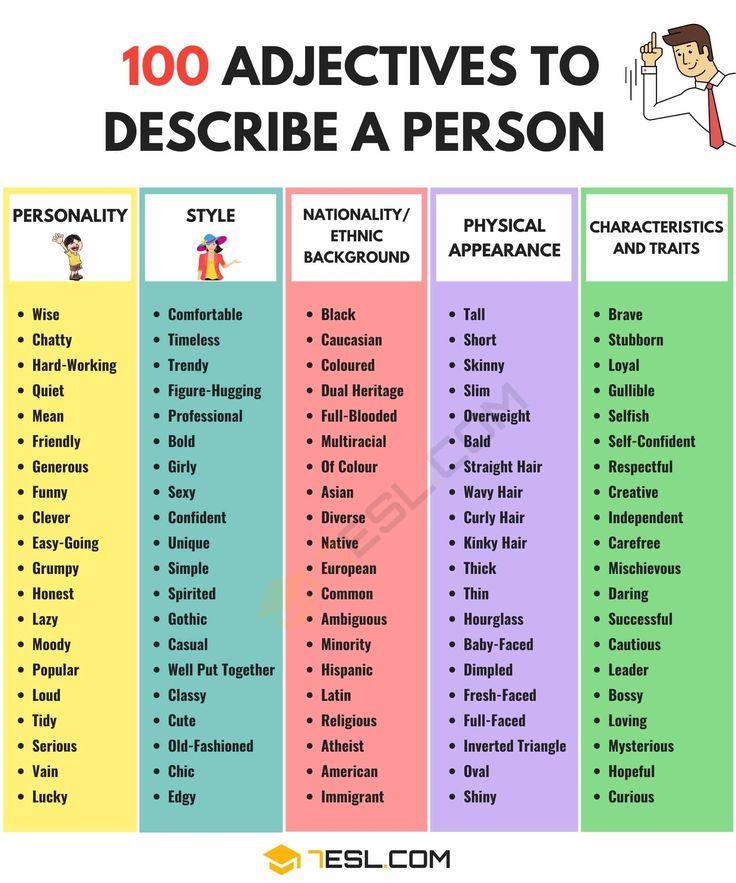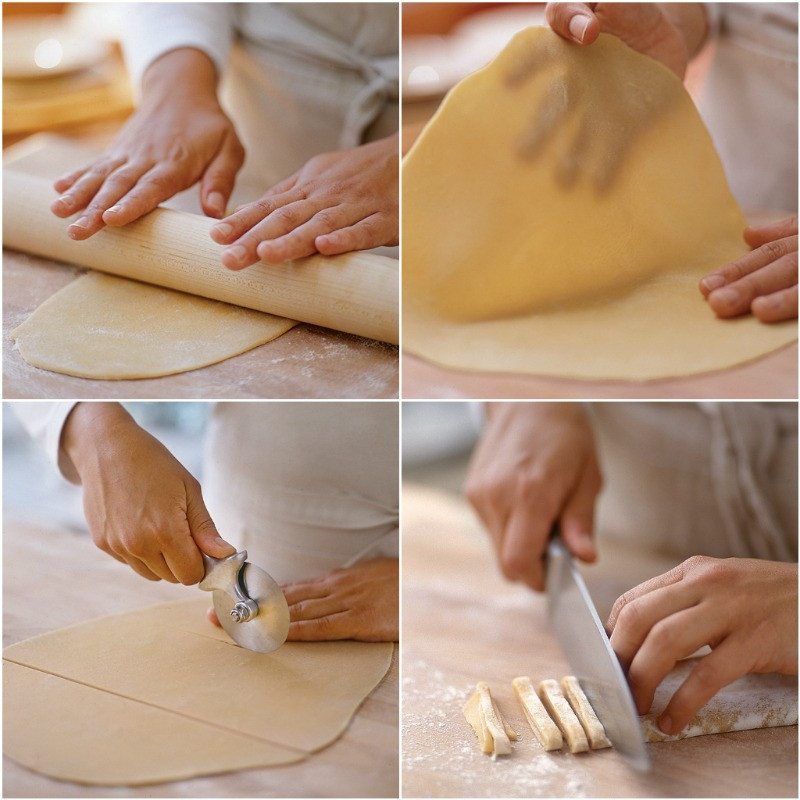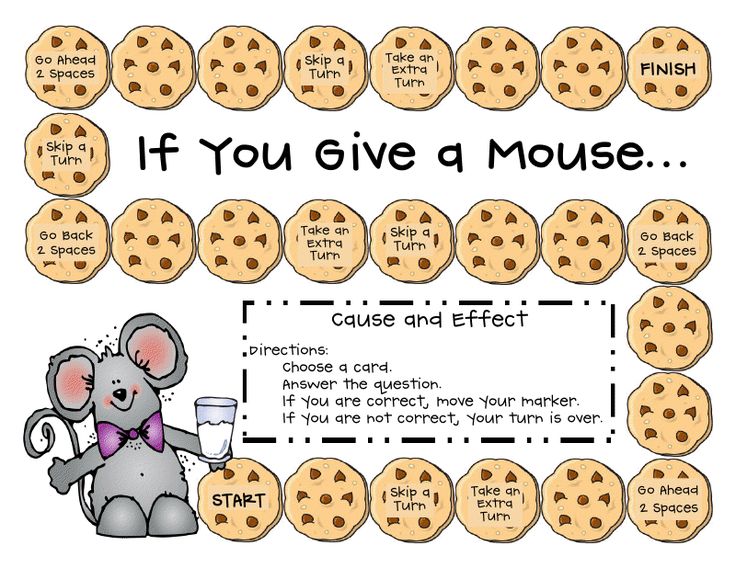Leveled reading books for kindergarten
Books for grade K kindergarten children aged 5-6
Books for grade K -this list of recommended reading books for kindergartners has been compiled by teachers and school librarians for elementary school children aged 5-6. There is a range of inspirational and engaging books for emerging and more confident readers, including picture books, nursery rhymes, books to share, and books suitable for first independent reading. There are also books to promote discussion, thought, imagination, writing ideas, and provide an impetus for creative art. This list of kindergarten reading recommendations includes titles by Janet Squires, Matt de la Peña, Emily Tetri, Akiko Miyakoshi, and Mary Ann Hoberman.
We Don’t Eat Our Classmates by Ryan T. Higgins
Penelope is really looking forward to starting school and meeting her new classmates. That is, she’s really looking forward to eating them because she’s a T-Rex dinosaur. Soon, however, the tables are turned in this compelling and fun book for children aged 3-5.
School story
Leave Me Alone! by Vera Brosgol
A multi-award-winning picture book that will both amuse and entrance. All Granny wants to do is to be allowed to finish knitting sweaters for her large family – but she keeps being interrupted. To find peace, she leaves home. Her travels take her as far as the moon – meeting goats, bears and aliens along the way. Will she ever finish her knitting?
Classic
Hey, Water! by Antoinette Portis
A delightful non-fiction resource book for the classroom or at home. Learn all about water in its many forms, discover all the words used to describe water features, and link them to the illustrations. The simple text explains the entire water cycle and demonstrates why water is so important to us all.
Narrative non fiction
I Don’t Want to Be a Frog by Dev Petty
A clever moral tale about a young frog who finds it difficult to see the good in how things are and instead yearns to be something else. His father, however, is adept at grounding him in reality. A great book for parents to read with their children, or for teachers to read and discuss with a class.
His father, however, is adept at grounding him in reality. A great book for parents to read with their children, or for teachers to read and discuss with a class.
Animal story
The Lion & the Mouse by Jerry Pinkney
A charming story – based on an Aesop fable – about friendship and loyalty in which a mouse who rescues a trapped lion after the lion decides not to eat him. Stunning artwork helps to convey the scale and magnificence of the lion and its Serengeti surroundings.
Fable
Ten on a Twig by Lo Cole
A wonderful counting story – full of repetition – that is ideal for less confident readers to share with adults and read aloud. The inventive and vibrant artwork could provide a great starting point for bulletin boards and classroom displays.
Picture book
Grumpy Monkey by Suzanne Lang
Jim’s friends have lots of helpful suggestions to try and make him feel happier.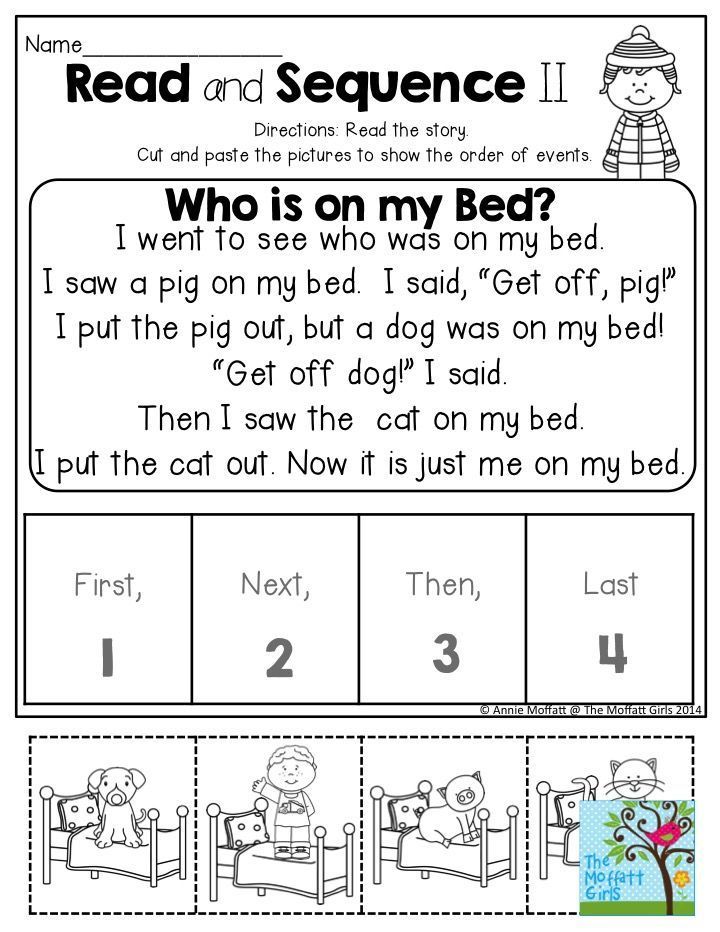 But the more they try to help, the grumpier Jim becomes until he has a meltdown. With sparkling and funny artwork throughout, this is a useful story to help younger children discuss empathy. Norman the gorilla is fabulous.
But the more they try to help, the grumpier Jim becomes until he has a meltdown. With sparkling and funny artwork throughout, this is a useful story to help younger children discuss empathy. Norman the gorilla is fabulous.
Picture book
I Am Enough by Grace Byers
An award-winning and beautifully illustrated book that teaches children to think positively, believe in themselves, and embrace diversity in the world. A great book to spark questions and conversations.
Diverse
What Color Is Night? by Grant Snider
An imaginative picture book with dream-like nightscapes to capture the imagination of Kindergarten readers. A beautiful book for reading at bedtime.
Bedtime story
Locomotive by Brian Floca
An evocative and thrilling picture book full of onomatopoeic words to thrust the reader into the sights, sound, and atmosphere of railroads and locomotives.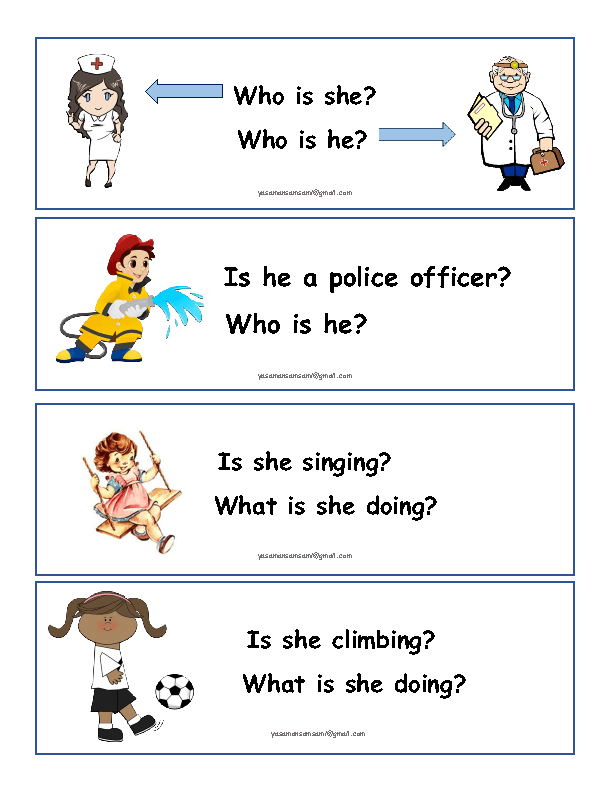 A fantastic book for children who are interested in machines.
A fantastic book for children who are interested in machines.
STEM | Picture book
Shh! We Have a Plan by Chris Haughton
A funny story that helps kindergarten-aged children to understand that it’s not always the loudest person that has the best ideas. When a gang of four friends tries to catch a bird, they fail spectacularly, until they listen to the quiet observant member of the group.
Humor
The Gingerbread Cowboy by Janet Squires
The traditional Gingerbread Man fairy tale is morphed into a Wild West setting with cacti, cattle, and coyotes. Yeehaw! A wonderful, fun, and immersive rhyming story that uses clever repetition and catchy language.
Modern fairy tale
The Word Collector by Peter H. Reynolds
Jerome doesn’t collect trading cards, coins or stamps – instead he collects words. Short words, long words, complicated words, and unusual words make up his collection – as well as words that can change and words that persuade.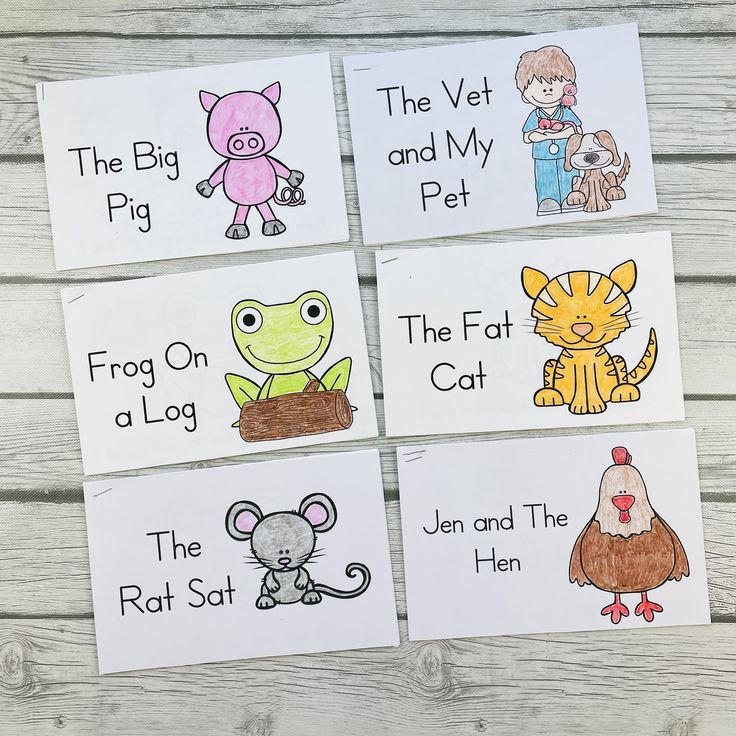 A highly original picture book that is perfect for developing a child’s imagination and interest in language.
A highly original picture book that is perfect for developing a child’s imagination and interest in language.
Picture book
One Tiny Turtle by Nicola Davies
A charming and poetic picture book story following the life of one loggerhead turtle as she completes a migration of thousands of miles over three decades. Enlightening, uplifting, and beautifully illustrated, this story is ideal to read and share with younger children.
Animal story
The Adventures of Beekle by Dan Santat
An enchanting story that follows an imaginary friend that sets out on a long journey to try and find a child to adopt him. Inventive and original, this is a great picture book to help spark creative writing and narrative storytelling ideas.
Picture book
Last Stop on Market Street by Matt de la Peña
When CJ and his grandma travel to and from church every Sunday, he sees places that are very different from where he lives.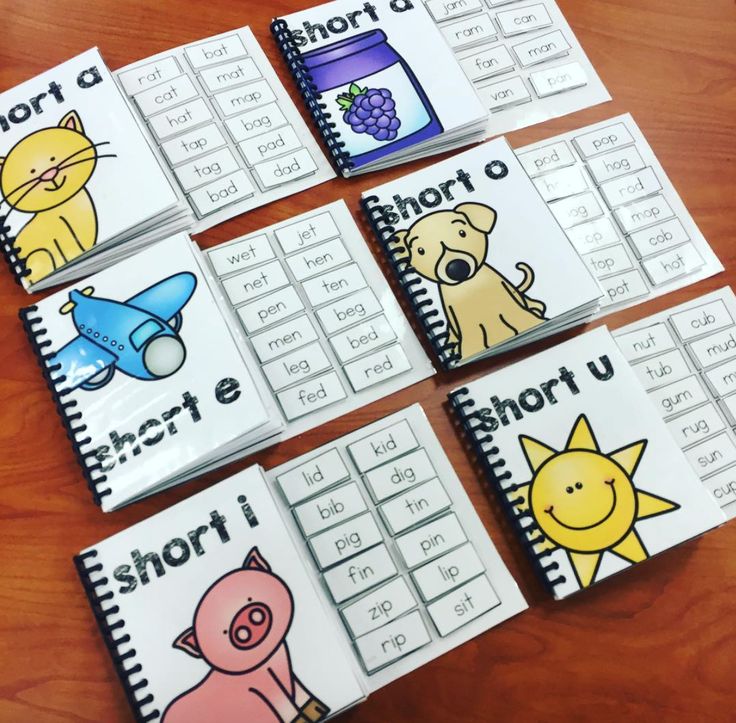 An atmospheric picture book story that introduces kindergarten children to a diverse range of neighborhoods, people, and backgrounds – sensitively and thoughtfully.
An atmospheric picture book story that introduces kindergarten children to a diverse range of neighborhoods, people, and backgrounds – sensitively and thoughtfully.
Classic
Pink Is for Boys by Robb Pearlman
A stereotype-busting story that shows children that they can be whatever they want to be – whether it is playing baseball, trying on different colored clothes, or liking unicorns. A good book to provoke discussion and help children develop a sense of empathy and acceptance.
Diverse
Tiger vs. Nightmare by Emily Tetri
Tiger has a monster that lives under the bed. But this is no ordinary monster – each night it scares aways any nightmares so Tiger can get some sleep. But one day there’s a nightmare too big to scare away. Will Tiger and Monster be able to summon enough courage to overcome the nightmare? An ultimately uplifting and inspiring bedtime story.
Bedtime story
The Way Home in the Night by Akiko Miyakoshi
An atmospheric picture book that’s full of awe and wonder.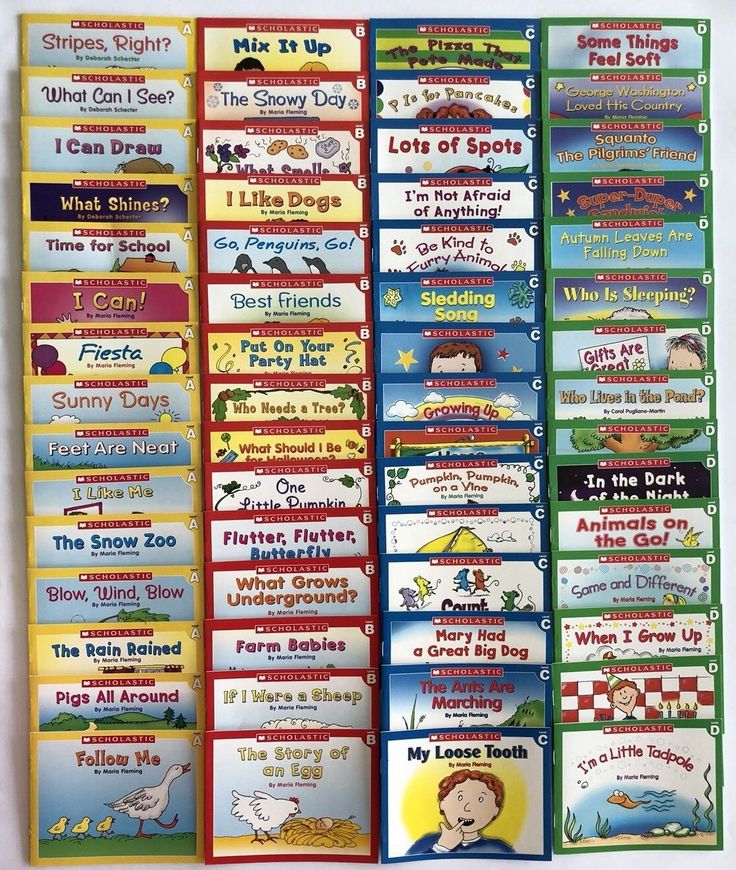 A young bunny wonders what goes on in the world of night and embarks on an imaginative journey. A great book to spark story ideas in kindergarten classes.
A young bunny wonders what goes on in the world of night and embarks on an imaginative journey. A great book to spark story ideas in kindergarten classes.
Animal story
The Seven Silly Eaters by Mary Ann Hoberman
When a busy mother has seven children who each want something different to eat all sorts of chaos ensues in funny rhyming verse. A great story to sensitively suggest to children that fussy eating has downsides.
Classic
Ish by Peter H. Reynolds
Ramon loves to draw, but when one insensitive comment by his older brother threatens to destroy his confidence, his sister Marisol opens his eyes to see problems and obstacles in a new light. An inspirational book, and one that is ideal to read to reluctant and unsure children.
Family
Good Night, Gorilla by Peggy Rathmann
As the zookeeper says goodnight to each animal at bedtime, someone or something very furry and very naughty is following him, with a set of keys.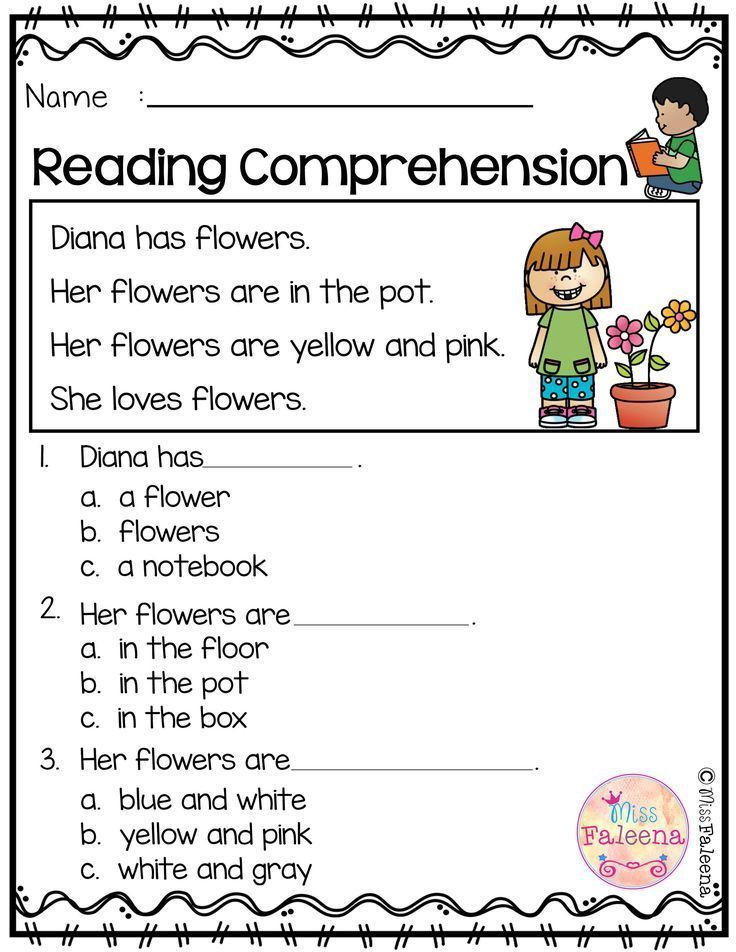 A riotously funny bedtime story with lots of clever visual cues and wordplay repetition.
A riotously funny bedtime story with lots of clever visual cues and wordplay repetition.
Classic
Steam Train, Dream Train by Sherri Duskey Rinker
In this colorful picture book for emerging readers, each car on the train is boarded by a different animal, and each animal fills the car with more and more unlikely and amusing luggage and cargo. A great story to encourage children in grade K to read independently.
Rhyming
Goodnight Already! by Jory John
When all exhausted Bear wants to do is go to sleep after a long day, his over-enthusiastic neighbor, Duck won’t stop trying to talk to him. A very funny picture book that helps teach children to respect boundaries and be careful not to annoy others.
Bedtime story
Jabari Jumps by Gaia Cornwall
A visually engaging story that teaches young readers to overcome fears and realize goals.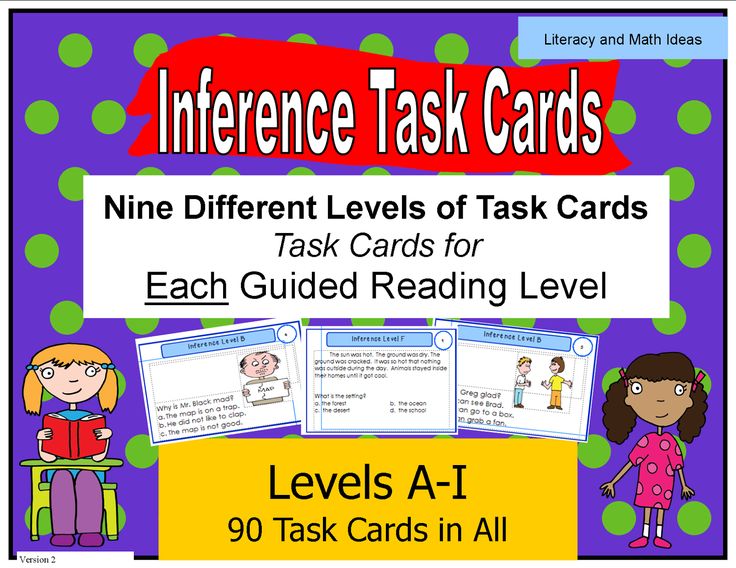 When Jabari thinks he’s ready to jump off the diving board, suddenly doubts begin to form. Fortunately, his father is on hand to inspire courage.
When Jabari thinks he’s ready to jump off the diving board, suddenly doubts begin to form. Fortunately, his father is on hand to inspire courage.
Diverse
Wolf in the Snow by Matthew Cordell
When a girl walking home from school and a lost wolf cub get caught in a white-out, they both help each other to find the way back home. The lyrical storytelling and atmospheric artwork will inspire children to imagine the situation for themselves.
Animal story
Over the Hills and Far Away: A Treasury of Nursery Rhymes by Elizabeth Hammill
A wonderful collection of beautifully illustrated traditional nursery rhymes, collected from a diverse range of cultures around the world. A great classroom resource for kindergarten.
Nursery rhymes
The Doctor with an Eye for Eyes: The Story of Dr. Patricia Bath by Julia Finley Mosca
An award-winning and inspirational story, telling the life of Dr.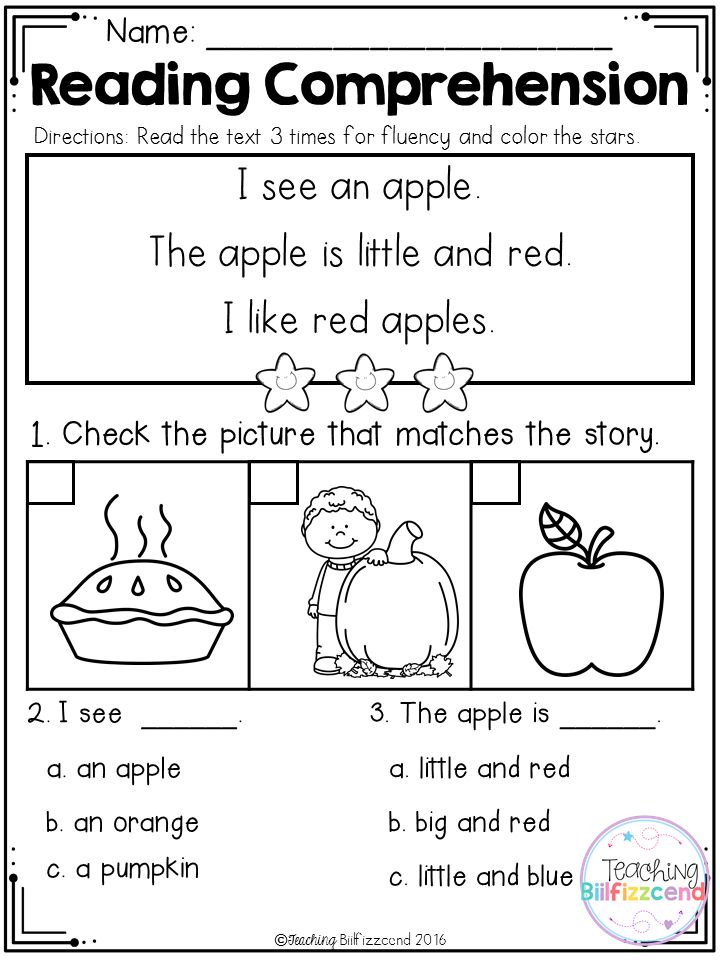 Patricia Bath who achieved her life’s dreams despite her difficult start in life. Fighting injustices, her determination, and courage shine through in this illustrated biography written in rhyme.
Patricia Bath who achieved her life’s dreams despite her difficult start in life. Fighting injustices, her determination, and courage shine through in this illustrated biography written in rhyme.
Biography
Finding Winnie: The True Story of the World’s Most Famous Bear by Lindsay Mattick
When WW1 vet Harry Colebourn helps rescue a young bear, he decides to name her after his hometown – Winnipeg. The story follows Winnie’s amazing journey around the world to London Zoo which later inspired the famous book Winnie-the-Pooh. An enthralling read.
Narrative non fiction
If you would like to order all or most of the books in this kindergarten reading list; or if you want to order classroom sets or multiple copies of books; or if you are ordering from outside the US, have a look at our ‘bulk orders’ page which makes this process easy.
Click for more reading recommendations – Grade K books (this page) | Grade 1 books | Grade 2 books | Grade 3 books | Grade 4 books | Grade 5 books | Grade 6 books | Grade 7 books | Grade 8 books | Grade 9 books | Grade 10 books | Grade 11 books | Grade 12 books
Please do share or link to this page via social media, but refrain from copying or reproducing our book synopses.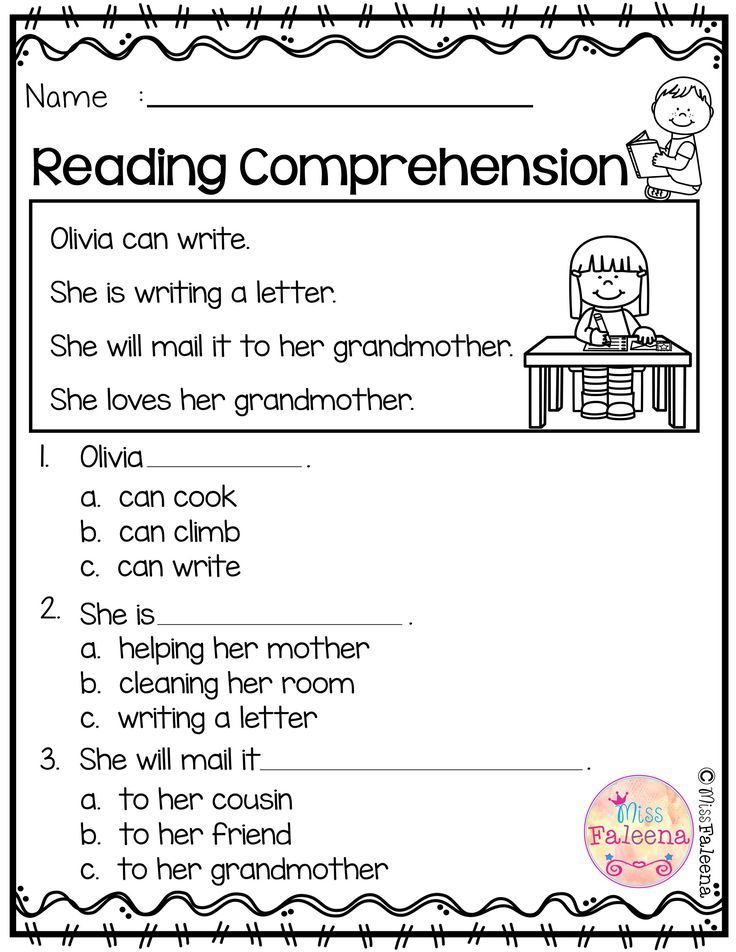 Please respect intellectual property and copyright. Thank you.
Please respect intellectual property and copyright. Thank you.
The Best Leveled Books from Scholastic Reading Club
Why is it so difficult to find books that kindergarten students can actually read? When school starts up in the fall, I always tell my classroom parents at curriculum night that the best source of age-appropriate reading material is Scholastic Book Orders. Not only does Scholastic Reading Club offer the best prices around, but they are often the only place I can find books for my emergent readers. You know what I mean: the kind of books with big print, only 1 sentence on each page, and lots of repetition.
I recently cashed in my bonus points to purchase some new leveled reading materials for my classroom. I ordered my go-to favorite books and took a chance on some new series. I know how disappointing it can be to order books that you think will be a perfect fit for your students, only to realize that they are too difficult, have too small of print or are just plain not interesting enough for kids to read. I also know that extra cash (or bonus points) for classroom books is a valuable commodity that teachers do not like to waste.
I also know that extra cash (or bonus points) for classroom books is a valuable commodity that teachers do not like to waste.
Take a peek at some of new titles I added to my classroom library. I took plenty of photos to give you an inside peek so you can make an informed decision about whether or not these titles are a good fit for your students.
This blog post was not sponsored in any way. Nor does it contain affiliate links. I just really know how difficult it can be to build a classroom library for emergent readers and I want to help make your job easier without the risk of wasted money.
Where to Find Book Level Information from Scholastic Reading Club
Before I dive in to show you my recent purchases, let’s take a second to talk about reading levels. There are multiple systems for leveling books. The most common systems are Lexile (LEX), Guided Reading Level (GRL) and Developmental Reading Assessment (DRA). Different schools use different types of assessments to determine their students’ reading levels.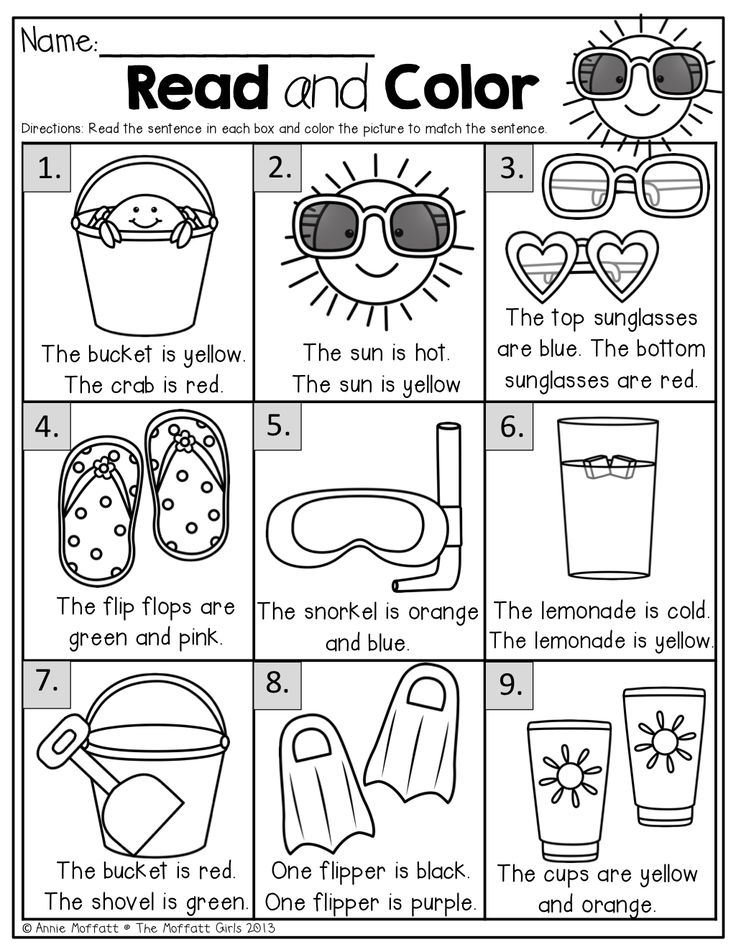 In my classroom, I assess using the DRA system, but I label the books in my library using Guided Reading Level Labels. You can find a reading level equivalency chart here.
In my classroom, I assess using the DRA system, but I label the books in my library using Guided Reading Level Labels. You can find a reading level equivalency chart here.
Scholastic does not provide reading level information for every book they sell in Scholastic Reading Club, but they do share the reading level of some books. You can find the reading level in small text at the bottom of a listing in the catalog and below the price of a book if you are shopping online.
I really wish that Scholastic would provide a reading level for every book that they publish and carry in Scholastic Reading Club. I also wish they offered a book order catalog that only contained Guided Reading Levels A-D so I could easily shop for my kindergarten classroom library, but that is a different blog post for a different day. For now, I just have to skim the book order for my desired reading levels. There are usually 2-4 items offered in each flyer.
Guided Science Readers™ from Scholastic (A-D)
When I order books from Scholastic, I almost always purchase the latest set of Guided Science Readers.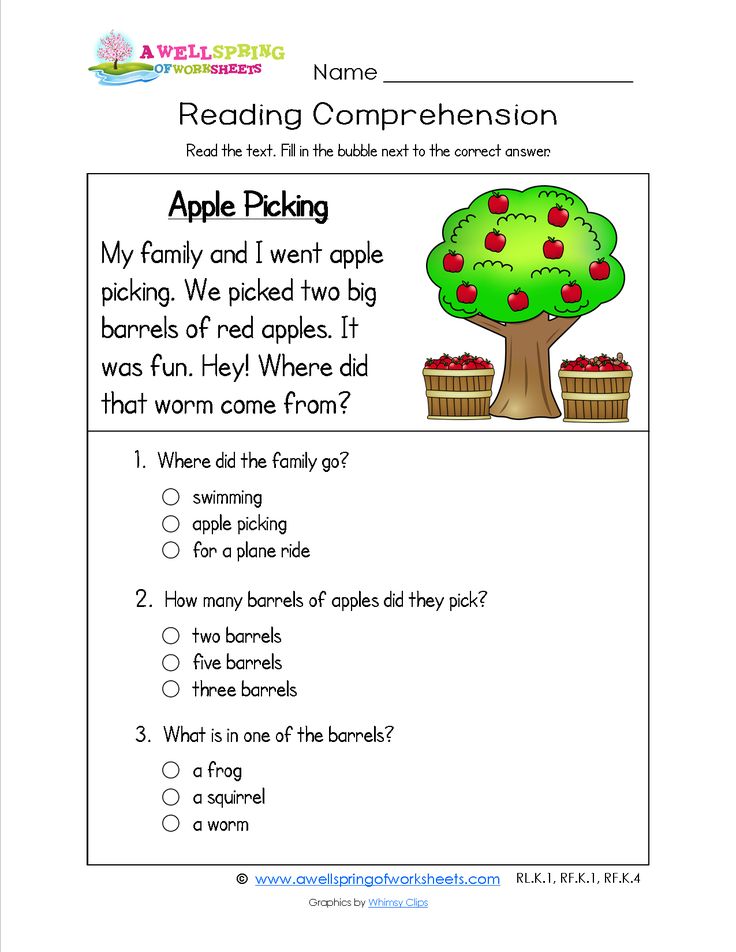 They usually offer new titles seasonally and I scoop them up every chance I get.
They usually offer new titles seasonally and I scoop them up every chance I get.
First off, these little books are a gold mine in part because they are non-fiction. Unless you’ve been living under a rock for the past few years, you know how essential nonfiction texts are to curriculum, especially when it comes to the Common Core. Not only is it important to expose children to as many nonfiction texts as possible, but children happen to love nonfiction. Especially about animals. They are intrigued by photos and facts and often want to learn as much as possible.
Usually, however, there is a downside to nonfiction texts. They are often much more difficult to read. And the very topic that would otherwise inspire a love of reading can easily break a child down because it is simply too much of a challenge for a beginning reader to take on.
With Guided Science Readers™, however, that is not the case! Interesting nonfiction topics that are easy to read for all kindergarten students makes these books the best of both words.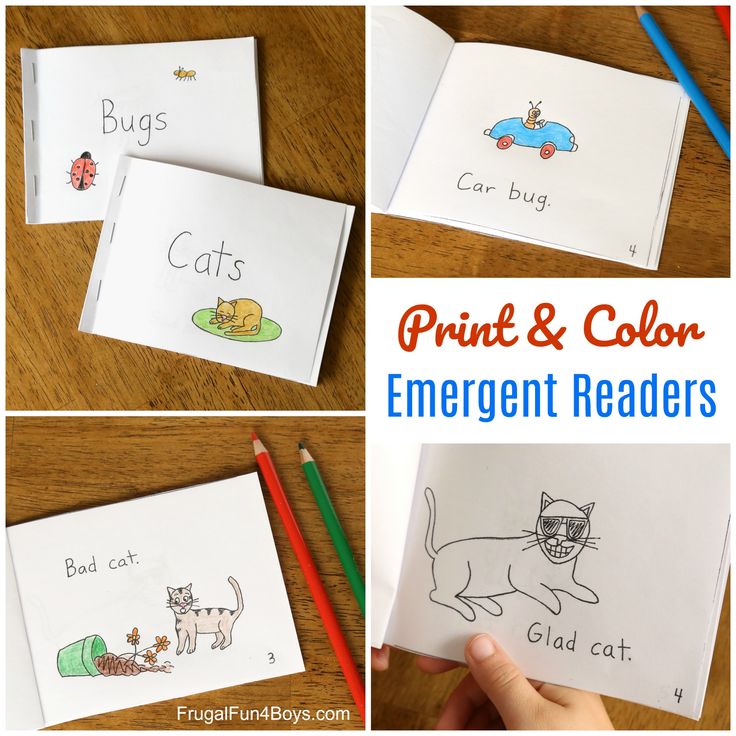
This particular pack, like many other Guided Science Reader sets from Scholastic, contained a variety of books from Guided Reading Level A-D.
Level A Text Features
The Guided Reading Level A texts feature short sentences with plenty of picture support and a lot of repetition. The text is presented in a nice, big print that is easy for students to point to and maintain focus. The short sentence are also loaded with critical sight words for young readers. These Level A texts are perfect for building reading confidence – which is exactly what my kindergarten students that are a Level A need!
I happily added these books to the “Level A” basket of my classroom library.
Level B Text Features
The Level B books included in this pack of Guided Science Readers also contained the same great picture support, sight words, simple sentence structure and repetition. Two lines of text are presented on each page to provide just enough of a challenge for readers, while still allowing them to build confidence and feel the excitement of success while reading.
Level C Text Features
Children reading at a Level C are ready to initiate problem solving strategies to solve unknown words and these texts mix in a few sentence with unpredictable words and sentence patterns. These added challenges are balanced out with some sentence and sight word repetition so children don’t feel overwhelmed by the challenge. You may also notice that the print in the level C books is a little smaller than it was in the level B books.
Level D Text Features
For my more advanced kindergarten readers, Level D books are a great fit! These Guided Science Readers offer smaller text with longer sentences. I love how these books even used nonfiction text features to illustrate key words and concepts. It’s a great way to introduce these features in a way that is accessible to all children.
Guided Science Readers Levels E and F
Before this year, I had only seen Guided Science Readers available in Levels A-D. I think Scholastic must realize how much classroom teachers love these books because I was overjoyed to discover that they offered a pack of Levels E and F this fall!
I think Scholastic must realize how much classroom teachers love these books because I was overjoyed to discover that they offered a pack of Levels E and F this fall!
These books were the same great text format that my students love, with small added challenges for more advanced readers.
After several years of stocking up on Scholastic books, I have actually built up a significant stock of Level A-D texts for my classroom library but my box of Level E books is somewhat limited. These were a great addition to the collection.
National Geographic Kids™ Sight Words Box Set
While I absolutely adore my Guided Science Readers, I am always looking to expand my nonfiction book collection and provide a greater variety of nonfiction books in my classroom library. I took a chance and ordered the National Geographic Kids™ Sight Word Box Set. They have a Guided Reading Level of C-F, which meant they had potential for my higher readers.
Each book in the set clearly labeled which sight words were featured inside.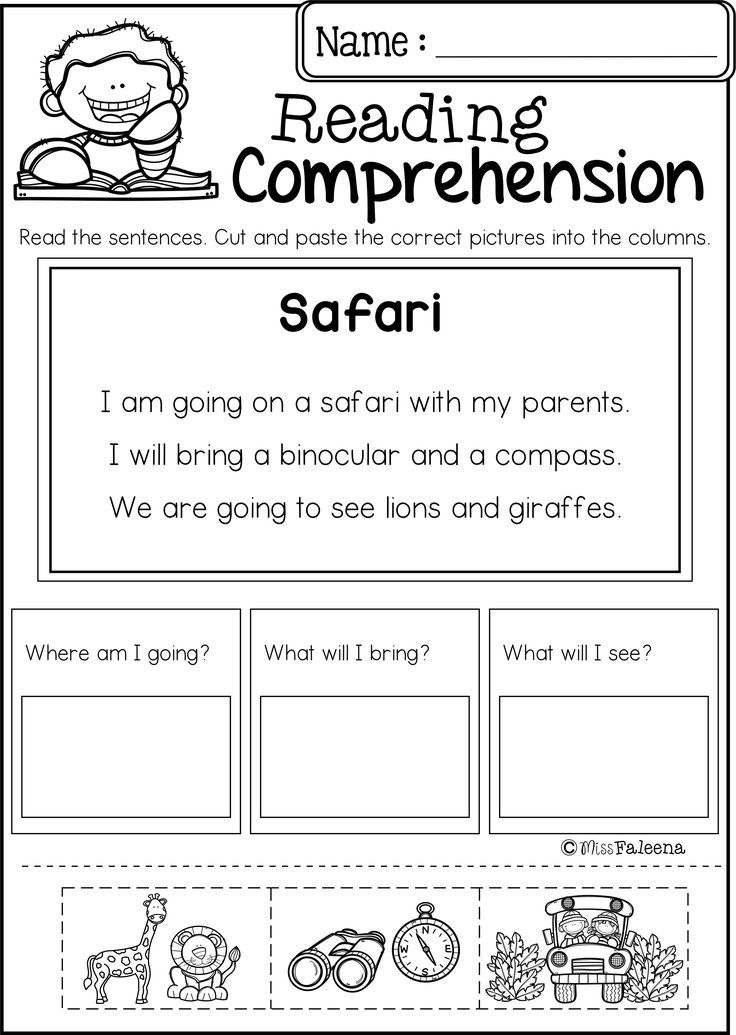
The texts seemed like they would be a great fit for my Level C-F readers and I really liked that the featured sight words are in bold on each page.
You can see from the photo above and the one below that there was a repetitive pattern to the text. This was “book 2” in the set, so I’m sure it was a Level C (other books were more challenging) but it seemed to be an accurately labeled as a Level C text.
I Can Read! Penguin Young Readers Pack Levels B-D
Leveled fiction texts are always easier to come across on Scholastic. I had never purchased any Penguin Young Readers books, but I took a chance and ordered the I Can Read! Level B-D Pack.
The books varied in difficulty but they were pretty good. The text wasn’t over-the-top interesting (it rarely is for books that are easy to read), but these little books did the best they could.
I was particularly happy to see this book in the collection that used speech bubbles and simple print.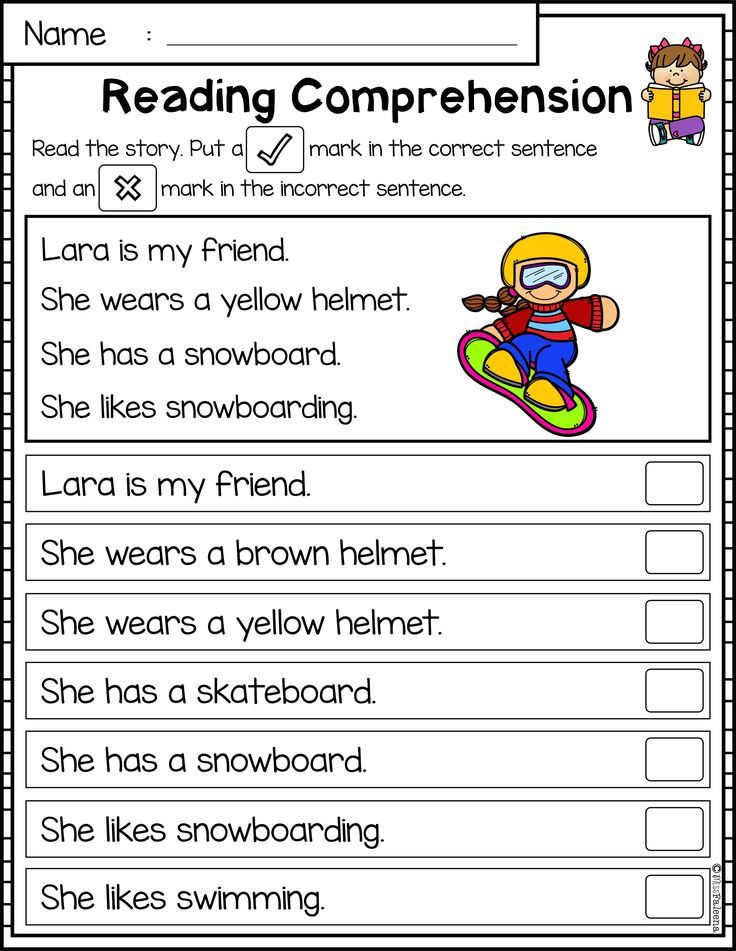 I’m guessing this was a Level B text. It was a sweet book and this student loved it.
I’m guessing this was a Level B text. It was a sweet book and this student loved it.
Just- Right Readers Community Pack (A-C)
The Just-Right Readers Community Pack appeared to be a good fit for my early readers as well. Fiction stories may not be as engaging as non-fiction, but this pack was about community helpers and many kindergarten students love reading about community helpers.
Even though the pack said it was for children reading as low as a Level A, I definitely could not see how any of my lowest kindergarten readers would be successful reading these books. This was one of the easiest books in the set and those sight words (write, with, our) were just too hard. I could see my children reading one difficult sight word, but three tough ones in the same sentence? It wasn’t going to work with my students that really struggle.
While I would hesitate to classify these books as a Level A in my own classroom library, I would agree that the books were a good fit for Level B and Level C readers.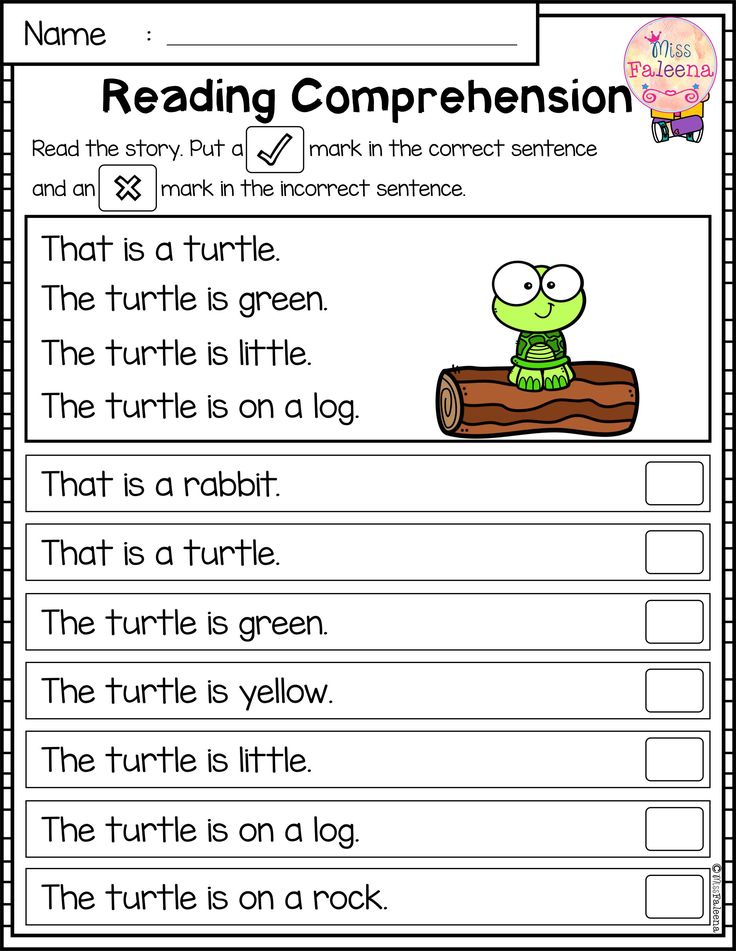
Sofia the First Reader Box Set
For the final set of books that I purchased, I may have actually lost my mind a little. I never purchase character books from Scholastic. Ever. Not even when they come in a boxed set that says “sight words” or “phonics” because the words that are integral to any famous animated character storytelling are too difficult for most kindergarteners to read independently.
Do kindergarteners love books featuring their favorite characters? Absolutely.
Can a kindergarten student read those beloved character books independently? Probably not.
I invest in books for my library that are leveled and likely to help my students be successful when they read. Character books usually do not accomplish this task. Which is why I have no idea what compelled me to purchase the Sofia the First Reader Box Set.
In all honesty, I don’t have a clue who Sofia is. I recognize the three fairies from Disney’s Sleeping Beauty so I can only assume that Sofia is some sort of spin-off.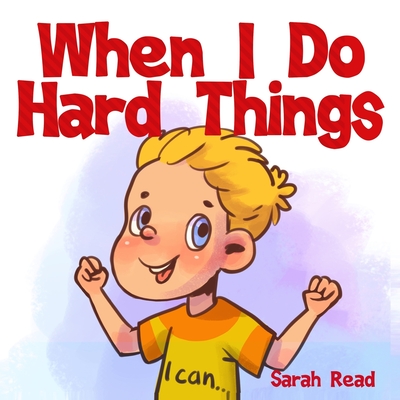 I think I purchased this set because I was feeling very hopeful when I saw that some of the books were classified as Level A. Character books are motivating and I would be thrilled to find character books that my students can actually read.
I think I purchased this set because I was feeling very hopeful when I saw that some of the books were classified as Level A. Character books are motivating and I would be thrilled to find character books that my students can actually read.
Some of the books made me think that it might be possible for my students to have success. Like this one with the simple sentence “I am a friend”. I wish the print were bigger, but at least the text isn’t too much of a challenge.
This book appears to be a Level B text. Ok, not too bad…
And then I opened up a few more books. Ugh. I know that savvy readers who love Sofia could probably figure out that the long word that starts with a w is Whatnaught (whom I can only assume is a widely known Sofia character). But my low readers who might not be so savvy? They might immediately be intimidated by that crazy looking word.
And then there was the word headmistress. Sigh.
These would be great stories for a parent to read to a child at bedtime (and the child could learn the challenging words after hearing them read several times) but I’m not convinced that they were the best purchase for my classroom library. I’ll add them to my book leveled book boxes and see what happens.
I’ll add them to my book leveled book boxes and see what happens.
Straight Talk About Leveled Books
I am so happy to add all of these new titles to my classroom library, but I was a little disappointed with the level identification. Of this entire collection, only one set of books was easy to determine the exact reading level: the Scholastic Guided Readers. They clearly displayed the book level right on the front cover. The other books were all listed as range of reading levels, but it was impossible to easily identify the reading level of individual books in the set. Typically, I would just scan the books with one of the book leveling apps on my iPhone, but sadly every book that I attempted to scan said that book level information was not available. I was pretty disappointed that books I ordered from Scholastic were not indexed in Scholastic’s Book Wizard app. I hope that they update their database soon with more information about the books they sell in Scholastic Reading Club.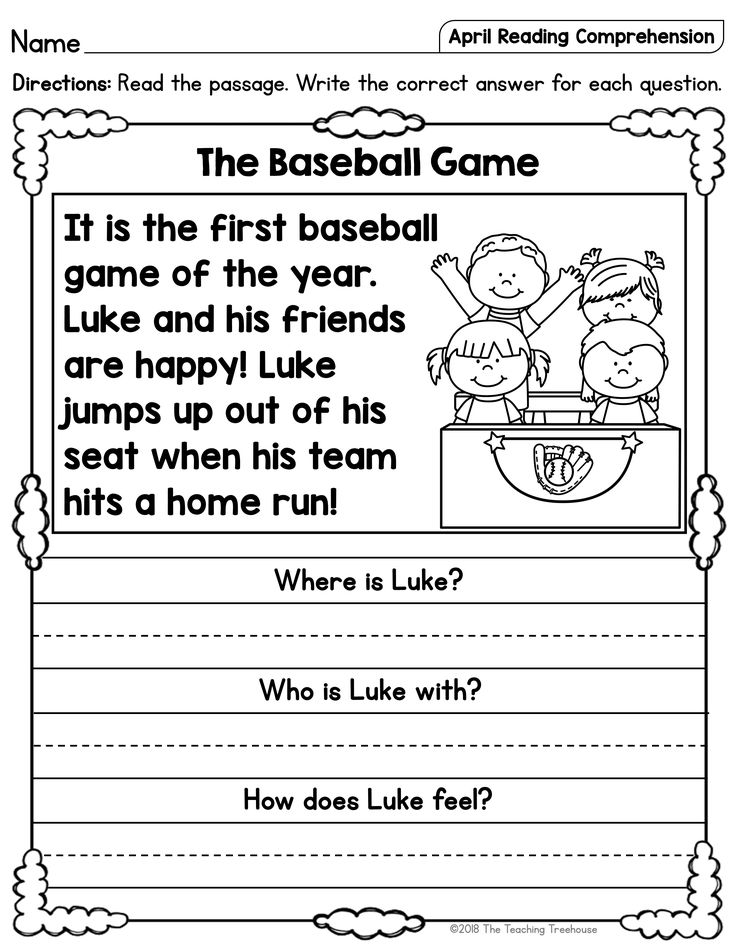
If you want to know more about the tools I use to level my classroom library, you can read all about it in this blog post.
Increase Parent Purchases from Scholastic Book Orders
One of the easiest (and most affordable) ways to stock up a classroom library is through Scholastic Reading Club. It’s even better when you can cash in bonus points to get those books for FREE. This blog post has all my best tips to help you boost parent orders from Scholastic Reading Club. The more parents purchase, the more you can build your own library. It’s win-win.
Check out My Newly Updated Classroom Library
My own kindergarten classroom library is filled with books from Scholastic. The library got a big makeover this year. You can see all of the details of how I organized the library in this blog post.
10 interesting books for young children and preschoolers: from fairy tales to instructive stories
Preschoolers can only be envied. They have an endless supply of great children's books, no summer recommended reading lists, and parents and grandparents ready to read aloud. We have selected books for you that will appeal not only to children, but also to adults - because they will read them together.
They have an endless supply of great children's books, no summer recommended reading lists, and parents and grandparents ready to read aloud. We have selected books for you that will appeal not only to children, but also to adults - because they will read them together.
1. Marfa from Sosnovka, Nina Pavlova
Martha Pig comes out of any situation with a high snout. Charismatic, goal-oriented and very enterprising. Flight to the moon? Own icebreaker? Easily! And in general, the whole order in Sosnovka rests solely on this mischievous, eccentric, infinitely kind and risky pig.
Funny and instructive stories, in the epigraph to which it says that there is a little bit of Martha in every reader.
2. "The Secret of Chocolate Bunnies", Valentina Degteva
Every child at least once in his life dreamed of growing up quickly to become an adult and that his parents and grandparents would understand him. But Timofey Kornev faced the opposite problem: his relatives suddenly became his peers! And how to return everything to its place in the remaining half an hour before the New Year, and even in the company of a good-for-nothing Santa Claus, is completely incomprehensible.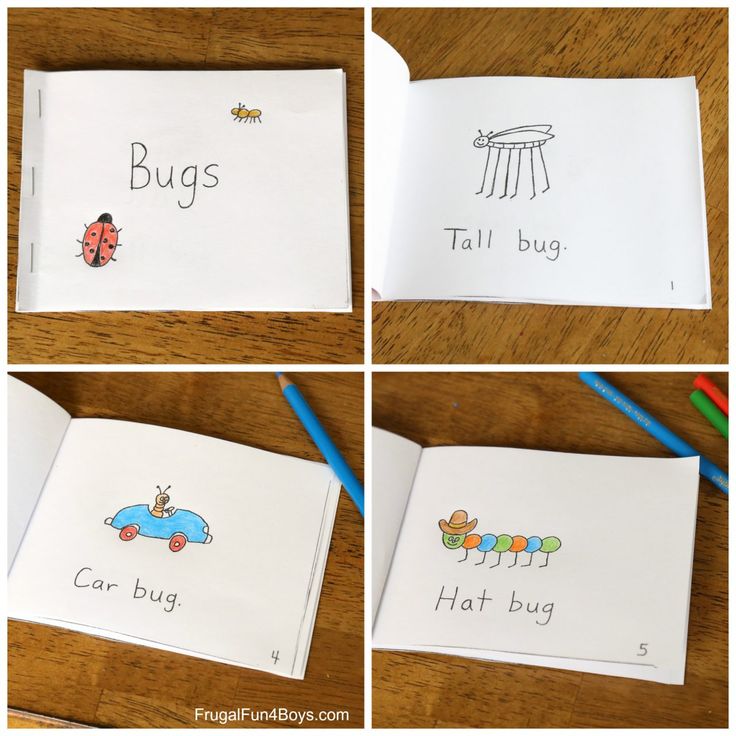
A funny and instructive story about how important it is to correctly formulate your desires, and about how to deal with the requirements and expectations of parents.
3. "Let's go catch the monster!", Asya Ploshkina
If the children, Lelya and Petrik, decide to put things in order in Mirror Bay, which was covered in fog by some sea monster, then they will certainly cope. Even if they are expected to meet with vampires, trolls, mermaids and huge mountain snails, and the caves under the Giant Mountain are still fraught with a lot of secrets and obstacles insurmountable for adults.
4. How the Cricket Got Well by Toon Tellegen
A cozy and slow-paced story that helps children better deal with their emotions. In this philosophical tale, Toon Tellegen tells children in simple language about the "gloomy feeling" that has settled in the cricket's head - depression.
And what if you don't even want to celebrate your own birthday? All the forest dwellers rush to help, each with their own history and character.
Of course, the "gloomy feeling" will go away, and the children, turning over the last page of the book, will remain with the confidence that any troubles can be overcome with the support of loved ones.
5. "Library", Sarah Stewart
A funny story in verse for one tooth for those who love to read, but are embarrassed to admit it. No wonder - after all, everyone around is dancing, walking and doing who knows what! But Elizabeth Brown prefers to read and spend all her money not on shoes, but on books. True, soon there will be no room at all in the house, and then ... What will happen next, you will find out when you finish reading the book to the end.
6. Captain Nemo, Winnie Ang, Charlotte Severins
Jakob doesn't like solving examples, but loves the sea and drawing fish. He dreams of building a submarine and conquering the depths of the sea. Parents will definitely remember the story of Captain Nemo, and this colorful book motivates children not to give up and go towards their dream, even if everyone around is against it.
7. Petrushka the Lion by Michael Bond
Paddington Bear definitely has a competitor! Leo Petrushka and his friend the dog Dill live in the Garden of Herbs and Spices, and their life is wonderful, because you never know what will happen to you the next moment. And what happens to them is an egg mess, and an exhibition of sketches, more like the fact that a trash can exploded near a Bay leaf, and also an inventive and automotive mood and ... you can’t remember everything.
Funny and funny stories with a game of words and meanings in the best traditions of classical English literature. Children will receive lessons for all occasions, and parents will enjoy a great sense of humor. And, by the way, they will replenish their piggy bank of ideas for games with preschoolers.
8. "Skunk and Badger" by Amy Timberlake
Can a Badger the Stoneman (almost like a round dance, only about stones) and a Skunk with a chicken whistle in a suitcase get along under the same roof of a red brick house? A children's book filled with a lot of meanings for adults.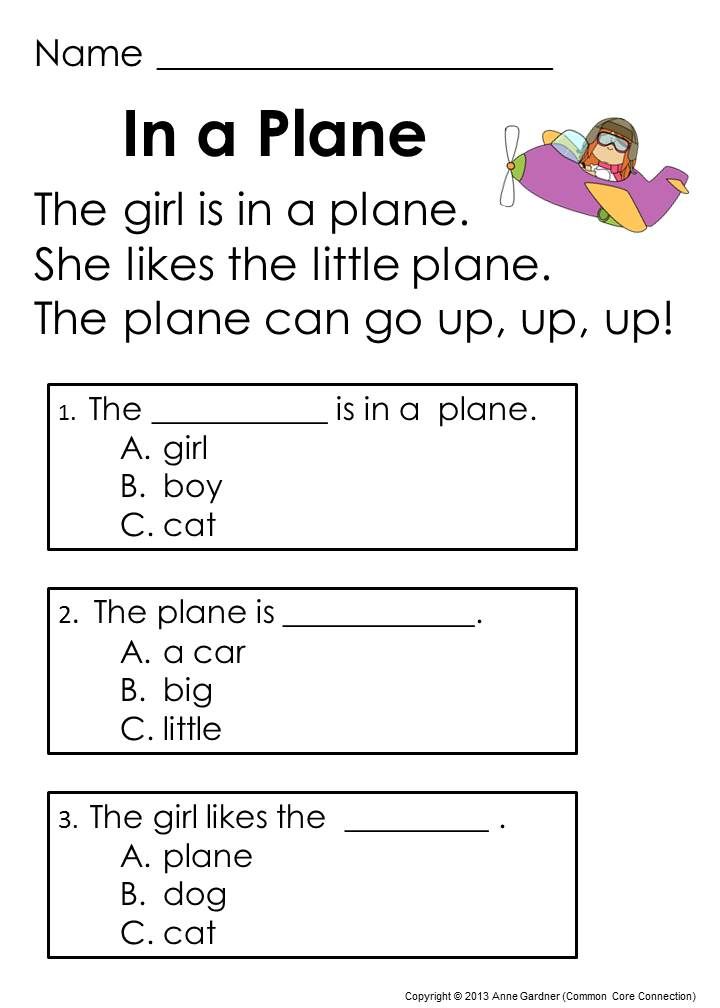 Children will find in it tips on how to make friends and how to communicate, how to build personal boundaries and how to learn to be truly kind and responsive. And adults will enjoy the Easter eggs left for them about traveling salesmen and "hospitality".
Children will find in it tips on how to make friends and how to communicate, how to build personal boundaries and how to learn to be truly kind and responsive. And adults will enjoy the Easter eggs left for them about traveling salesmen and "hospitality".
9. "Bee music" and "Everything in the forest sings", Vasily Sukhomlinsky
For most people, Vasily Sukhomlinsky is an innovative teacher, the creator of the pedagogical system. And meanwhile, he was also a children's writer! And he wrote more than 1200 fairy tales and short stories.
The collections published in Rosmen on exclusive rights include Sukhomlinsky's most famous short stories about nature, children and animals. The texts easily and clearly tell children about important human values, show the difference between good and bad deeds and their consequences.
10. "Kindergarten, eighth group", Victoria Lederman
Light and funny poems for children who know what it's like to lie quietly under the covers at a quiet hour, when you want to indulge, and another children's song is spinning in your head, memorized in the morning at a music lesson. And on the locker, instead of your favorite superheroes, there is a boring carrot. The collection contains a whole year of life in kindergarten from autumn to summer. By the way, the author has one more cycle - “We bought Sasha a hamster”. These books will be useful to those who decide to get a pet.
And on the locker, instead of your favorite superheroes, there is a boring carrot. The collection contains a whole year of life in kindergarten from autumn to summer. By the way, the author has one more cycle - “We bought Sasha a hamster”. These books will be useful to those who decide to get a pet.
The child is going to the garden. Books for the adaptation of the child and his parents
Adaptation to kindergarten is now necessarily told at parent-teacher meetings before the first of September. Everyone is included in the process: psychologists, educators and parents.
A small child experiences real great stress, because he has to change his usual home environment for a new environment. But parents, whose experiences are passed on to children, are no less worried.
Experts advise adults to “breathe in and out” and let go of the situation a little to begin with. In most cases, fears are dictated by the unknown, which is quite realistic to overcome with the help of books that explain, encourage and support.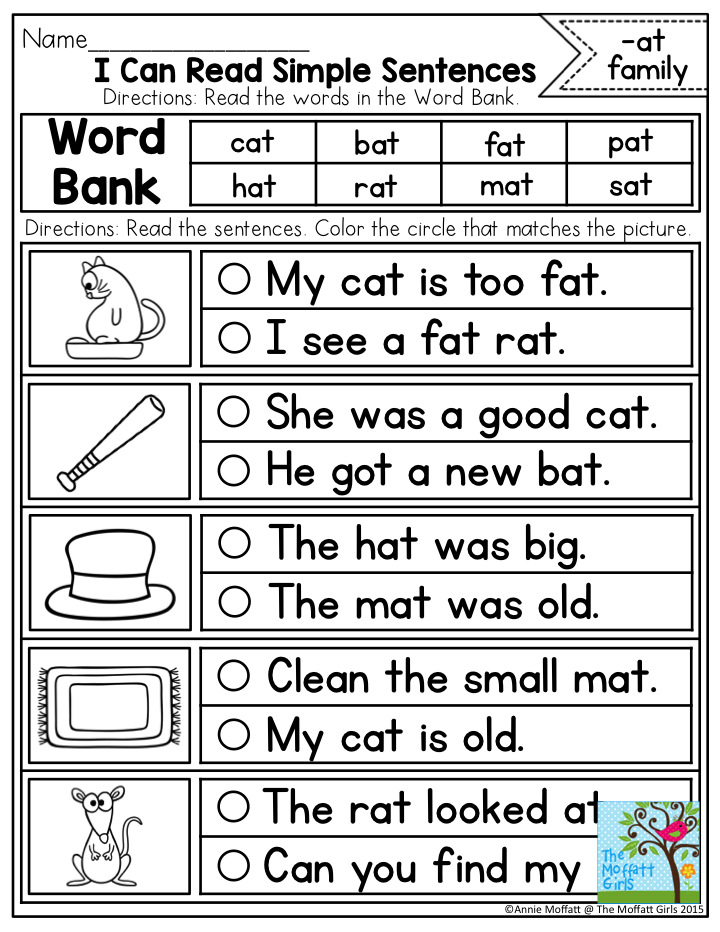
All about kindergarten for parents
What does a child need in kindergarten, what is his daily routine, how is interaction with teachers built? All these questions are asked by parents who first encounter an educational institution. The books “The child goes to kindergarten” by the publishing house “Sphere” and “It's time to go to kindergarten. Self-instruction manual for parents” published by “Phoenix” will help to dispel fears and doubts, and at the same time will give detailed answers to the questions: how to choose a kindergarten? what professionals work in the garden? what will the child be taught?
It would seem that the documents for the garden have been submitted, organizational issues have been resolved, but the excitement remains. What if the child in the garden does not like it? Your own negative experiences in childhood can also increase anxiety. Then you should turn to books written by experienced psychologists, especially for parents. The book “Adaptation to kindergarten without problems.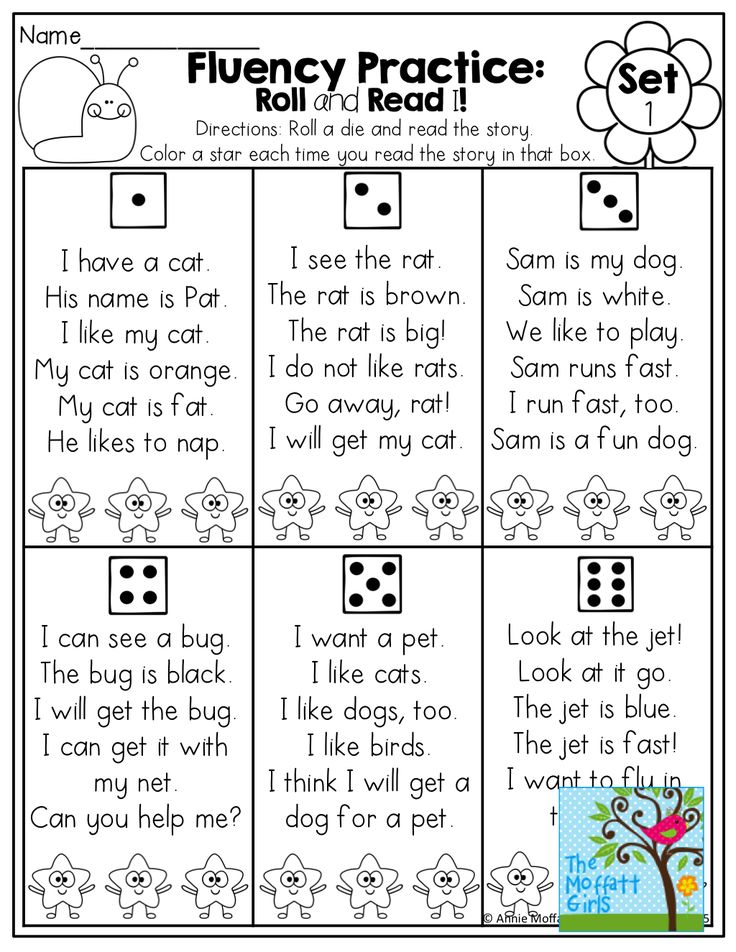 A Practical Guide for Parents” contains a step-by-step plan of action and an analysis of the mistakes that parents often make during the adaptation period.
A Practical Guide for Parents” contains a step-by-step plan of action and an analysis of the mistakes that parents often make during the adaptation period.
About the book "I don't want to go to kindergarten"
It is believed that adaptation to the kindergarten lasts from two weeks to one and a half months. But sometimes it takes even longer to get used to, and the family is faced with the "bad" behavior of the baby. What to do if picking up a child from kindergarten is not possible? The book “I don’t want to go to kindergarten” is just for such parents. The publication comes with a set of five psychological fairy tales, a walking game and an amulet toy that you can take with you to kindergarten.
Stories and tales about the kindergarten for children
When a child is read a book, he identifies himself with a hero, whether it is a shy bunny or the same kid who loves mom and dad. Fiction for children has a therapeutic effect, because they describe feelings exactly like him and situations that are so similar to those that happen to him!
So, a boy named Vovka, the hero of the book by Tatyana Rabtseva, is very afraid to go to kindergarten.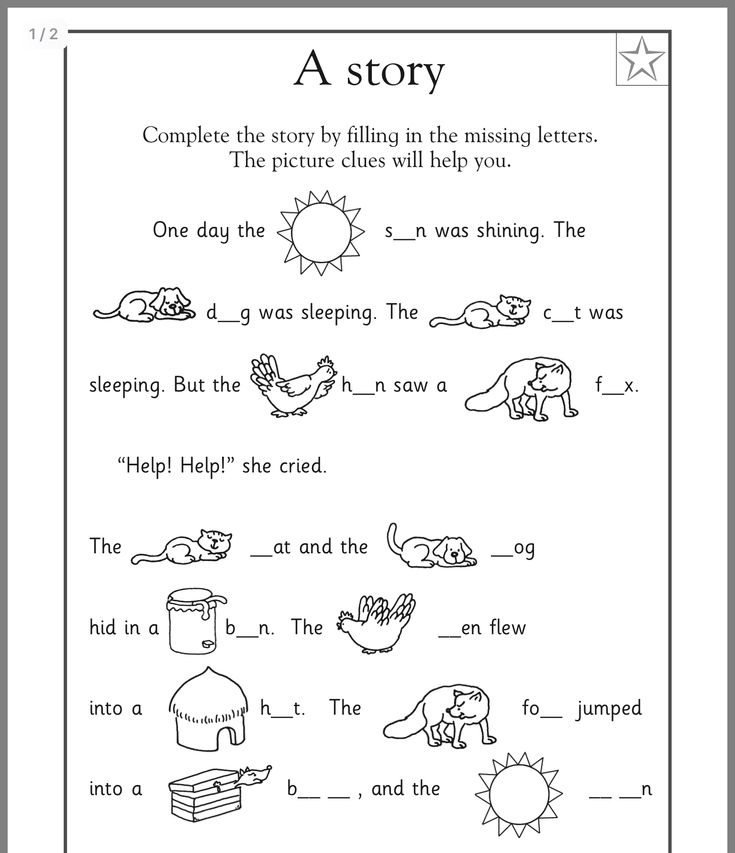 How will he be alone without his mother? And it also seems to Vovka that the garden is "grandfather's", which means that he will have to sit with his grandfathers all day. But everything turns out differently. At first, Vovka is really a little embarrassed and scared, but curiosity is stronger, and soon Vovka finds friends, and the kindergarten becomes a place of real adventure!
How will he be alone without his mother? And it also seems to Vovka that the garden is "grandfather's", which means that he will have to sit with his grandfathers all day. But everything turns out differently. At first, Vovka is really a little embarrassed and scared, but curiosity is stronger, and soon Vovka finds friends, and the kindergarten becomes a place of real adventure!
“Fox Masya goes to kindergarten” - another help book for preparing a child was written by a practicing fairy tale therapist Irina Terentyeva. Here are collected fascinating tales about the fox Masya and his friends, as well as interesting tasks that the baby can complete on his own or with the help of his parents.
Illustrations for the books "Vovka Goes to Kindergarten" and "Masya the Fox Goes to Kindergarten"
By the way, books with tasks and stickers, coloring pages dedicated to the theme of kindergarten, interaction with friends, rules of conduct and daily routine are a great addition to fairy tales.